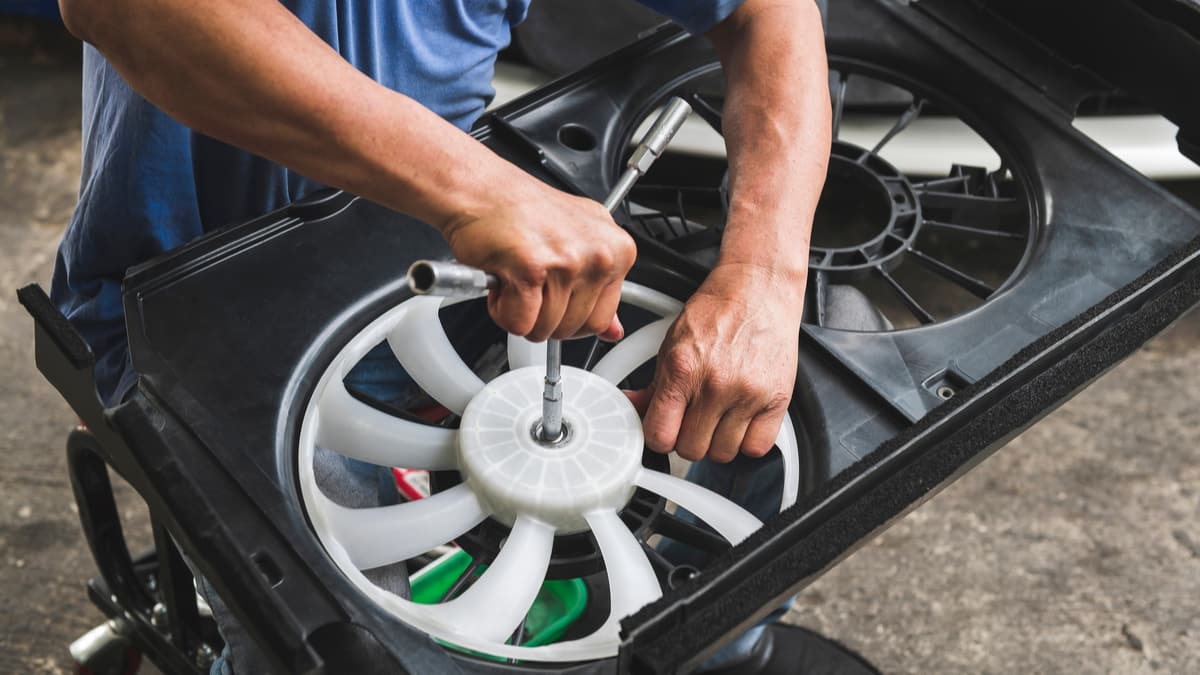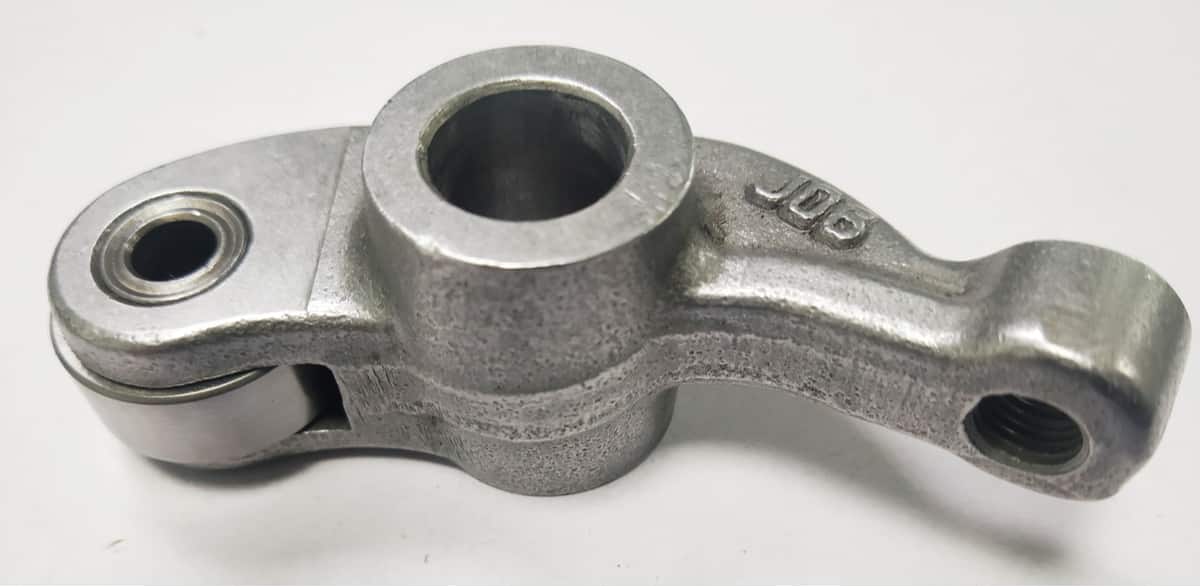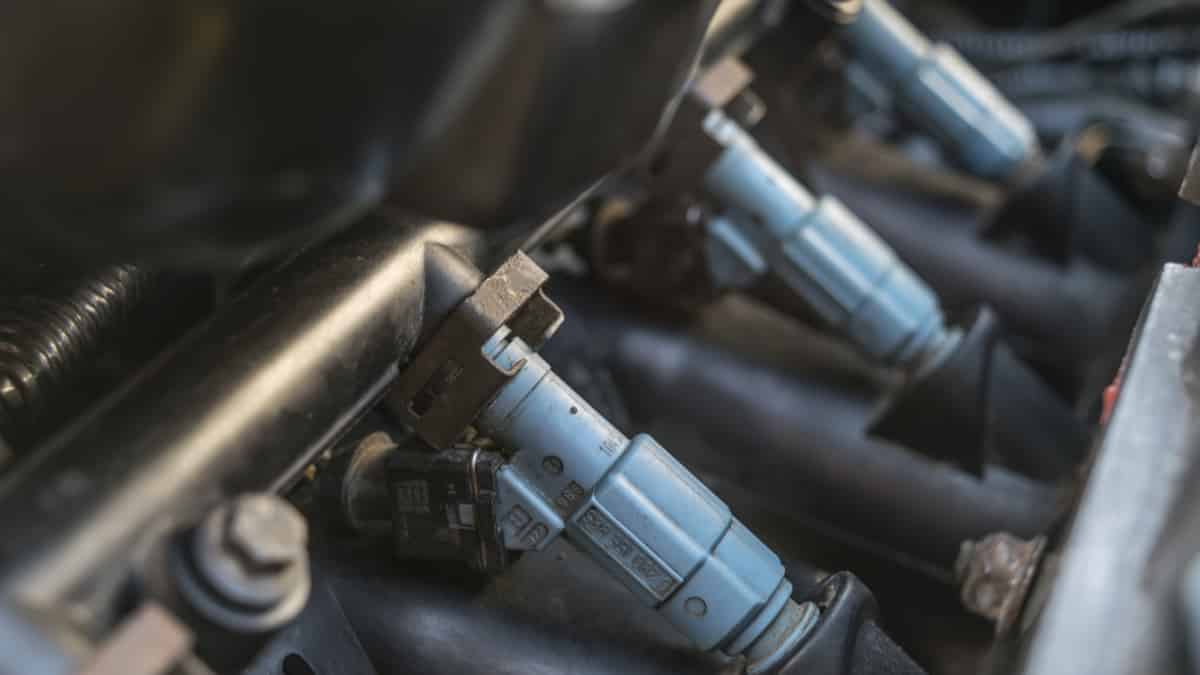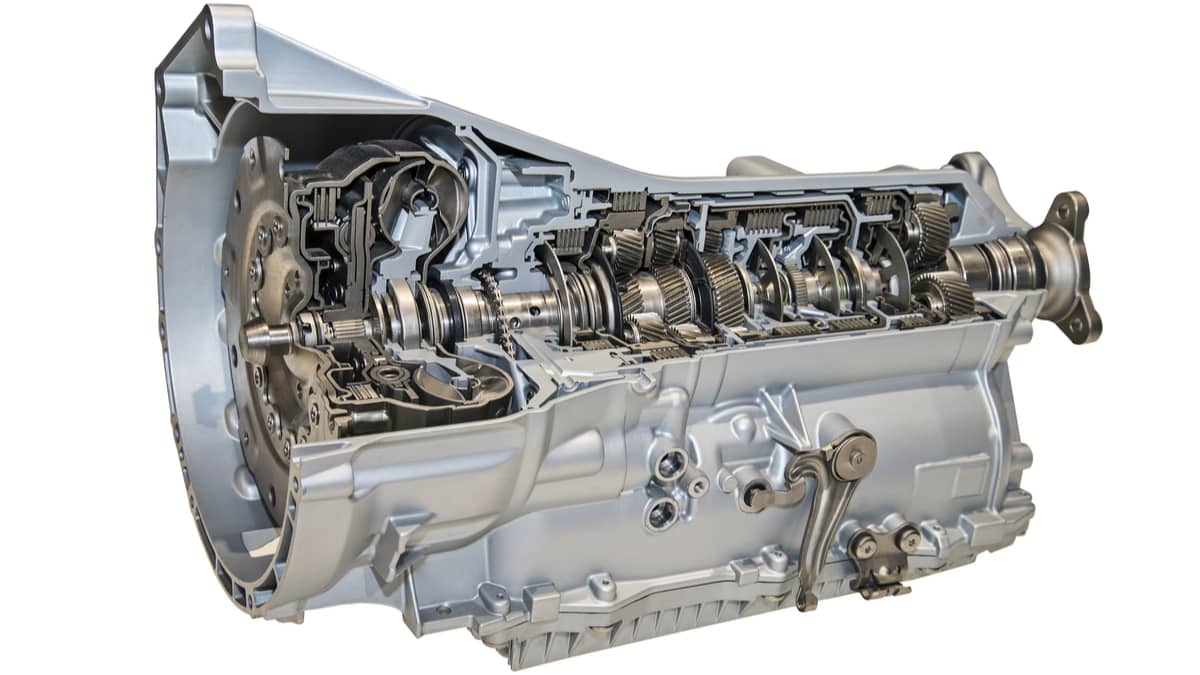Having a functioning AC system is critical during the warm summer months. Yet, if the air isn’t blowing as cold as it should, there could be a problem with the condenser. So, what are some of the most common bad AC condenser symptoms, and how can they be corrected?
We answer these questions for you. We also discuss the purpose of the AC condenser, show you where it’s located and talk about the average replacement cost. When you reach the end, you’ll find a few bonus questions that need to be answered.
Symptoms Of A Bad Car AC Condenser
When the Car AC condenser fails, you’ll notice warm air coming from the vents. There could also be a foul smell and leaking refrigerant from the system. Dashboard warning lights can come on, depending on what’s causing the problem and the engine may start to overheat while idling.
Read through this complete guide to discern all of the failing AC condenser symptoms.
1. Warm Air From Vents

The most common sign that something is wrong with the AC condenser is when warm air comes out of the vents. The condenser is responsible for cooling the air, so this is one of the most probable causes of this symptom.
A leak is one of the most common reasons for the condenser to fail, yet there could be a leak elsewhere too. If the system is low on refrigerant, you want to find out where that leak is coming from. There are also other AC components that might have failed, leading to a warmer cabin. It’s even possible to have a blown fuse that’s causing the AC not to run correctly.
2. Bad Smell From Vents

If you aren’t taking care of your AC system, it can start to grow mold and bacteria. A foul odor is the next symptom to occur as a result of bacteria and mold growth. Moisture normally drains out of the AC heater box, but it can get trapped inside the system when it’s not working properly. The buildup of moisture is what causes the smell to occur.
The Centers for Disease Control (CDC) warns about being in spaces with mold. It can lead to a stuffy nose, wheezing, coughing, a sore throat, a skin rash and burning eyes, especially if your immune system is already compromised.
To prevent mold in the AC, it’s important to run the system often. We recommend turning on the air conditioning and defrost system at least once a week for ten minutes. By allowing the system to flow, you keep moisture from building up.
3. Leaking AC Refrigerant
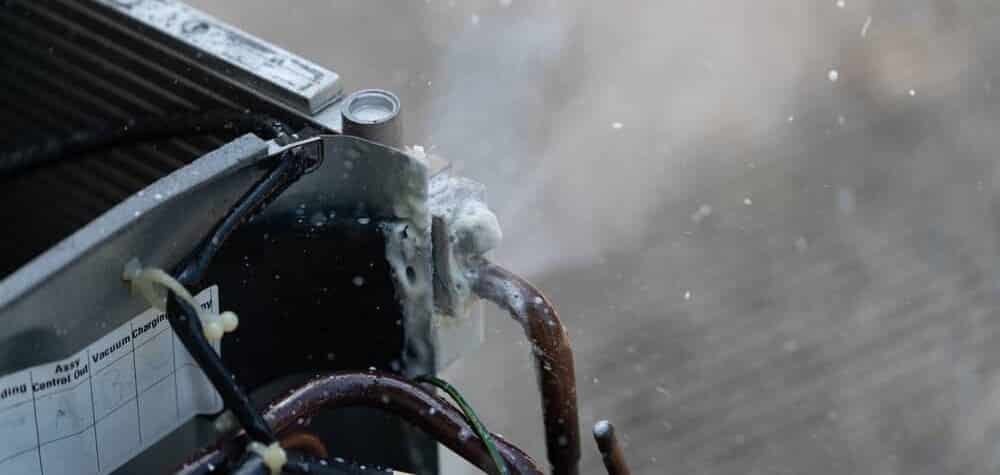
The AC condenser is installed at the front of the vehicle, exposed to rocks and other things that can damage it and cause a leak. Therefore, it is quite common for the condenser to get damaged and leak. Additionally, any of the air conditioning components around there can start to fail and leak refrigerant.
If the refrigerant starts to leak, you’ll notice trouble getting the system to cool. Warm air will blow from the vents and you’ll be left sweating on a hot day. We will show you a couple of ways to detect AC leaks in a few minutes. There’s one for the home user to try and another if you have professional tools as we do.
4. Dashboard Warning Lights
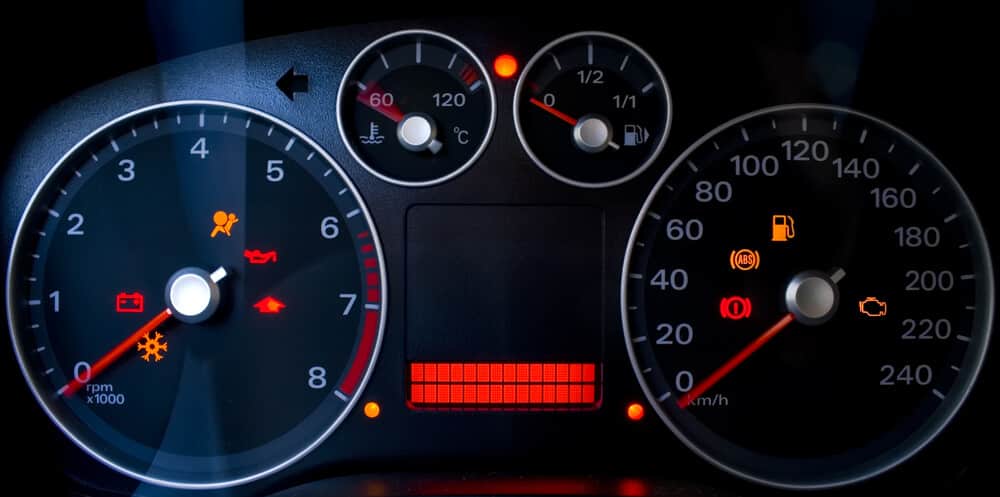
Depending on what’s causing the problem, you could get a dashboard warning light. In general, there aren’t any warning lights directed to a failure with the condenser.
However, if an electrical problem occurs because of the condenser failure, a code might be set for something else. We recommend using our online trouble code library to learn about the DTCs found with your compatible scanner.
5. An Overheating Engine While Idling

This symptom isn’t going to be common, but because it can happen, we felt the need to include it. If the external fins clog on the condenser, the engine could be faced with working harder when there’s no external airflow. Therefore, the engine could overheat while the car idles.
To help prevent overheating, you could turn off the air conditioning system if you notice problems. By reducing the strain on the engine, you encourage it to cool down. You can also try to take the highway instead of urban streets, so you spend less time idling the car.
RELATED: 8 Reasons Your Car Is Overheating On Idle & How To Fix It
The Function Of An AC Condenser

The car air conditioning system is complicated and made from several parts that must work together in harmony. The condenser’s job is to take the refrigerant in its gas state and remove the heat so it returns to a liquid.
Basically, this part condenses the refrigerant, which is why it has the name it does. The liquid refrigerant then enters the evaporator that’s within the dashboard and cools the cabin. It’s the liquid refrigerant that makes your car ride comfortable.
Some people like to think of the AC condenser as a radiator because it operates the same way. It employs forced air from the fan or the vehicle moving to transfer heat away from the refrigerant.
Where Is The AC Condenser Located?
You can find the AC condenser in the front of the car, behind the grille. It’s typically found in front of the radiator, which is why some people call it a mini-radiator.
If you can’t find the condenser, check your owner’s manual for its location. You should also be able find a diagram of the air conditioning system in your car’s service manual.
Can You Test An AC Condenser?
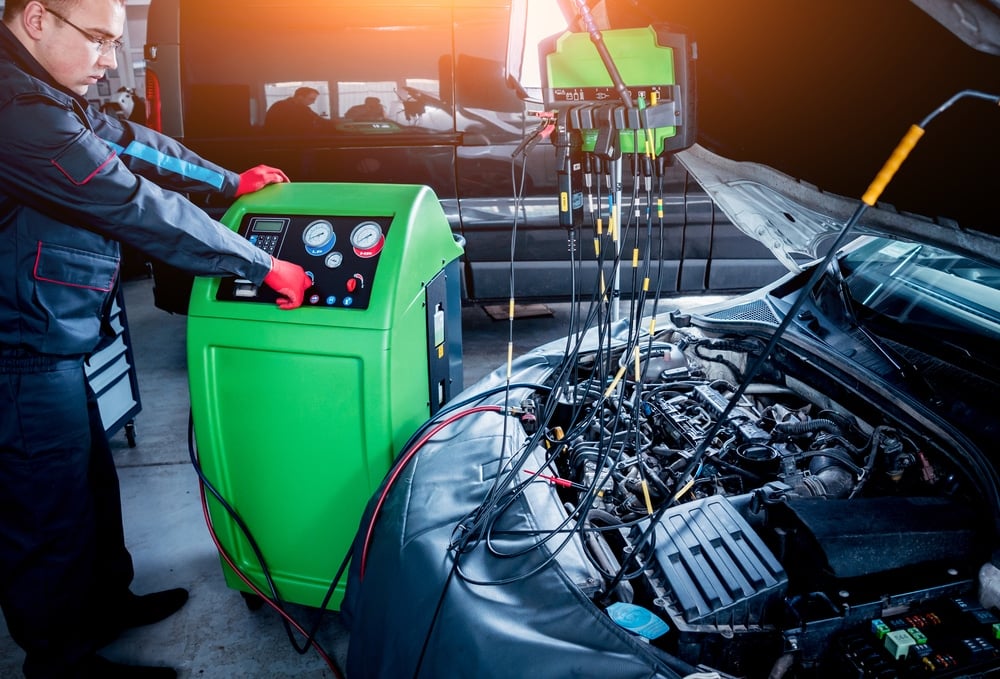
You can find two ways to test for a leak in the AC condenser. One is perfectly acceptable to do at home, while the other is usually reserved for professional mechanics. We’ve included steps for both.
Without a Leak Detector
- Make sure the AC system is fully charged.
- Spray a water and soap mixture on the AC components.
- Watch for signs of leaks to appear, resembling bubbles.
You can do this with the condenser, compressor and evaporator. However, AC leaks are often very small, and it’s difficult to find them without the right equipment.
Additionally, there are Freon dyes available at auto parts stores that can be used, which is often a better alternative, but you need to drain and refill the AC system for this method. You also won’t be able to use these dyes unless you understand the basics of charging the AC system.
With a Leak Detector
- Ensure the system is fully charged.
- Turn off the engine.
- Only diagnose the system on a day without wind.
- Scan the system with your leak detector to see where it’s coming from.
If there’s no leak present, the next step is to examine the condenser for a clog. Checking the pressures with an air conditioning manifold gauge will give you the answers needed. When the condenser is clogged, there will be high pressure with the right amount of refrigerant present. You could see high pressures on the low and high sides.
Can You Replace An AC Condenser Yourself?
There’s nothing simple about replacing an AC condenser. You need to have the right tools and understand refrigerant safety procedures. If you want to tackle the job yourself, we’ve included some basic steps to keep you on track.
- Hook up the manifold gauge set.
- Recover the refrigerant with a machine.
- Remove any parts in the way of the condenser. These parts may include the radiator, headlights, bumper and more.
- Remove the AC lines connected to the condenser.
- Take off the condenser.
- Install the new condenser.
- Reinstall the AC lines.
- Reinstall all of the parts that you removed.
- Put the AC system into a vacuum for at least thirty minutes.
- Recharge the AC system.
- Check the performance and test for leaks.
It’s perfectly understandable if you feel better having a mechanic perform the AC condenser replacement. For the cost, you may decide that’s a better choice.
How Much Does It Cost To Replace An AC Condenser?
On average, you may spend $600 to $850 to have the AC condenser replaced. The parts could cost $350 to $475, while the labor adds about another $125 to $500. These costs vary by several factors, including the make and model of your vehicle, the location where you take the vehicle for service and how difficult the job is.
You can save a good chunk of time performing the job yourself. However, if you don’t have the necessary equipment, you would spend a lot of money buying it. For people that don’t plan to use this equipment again, the costs may not be worth it.
Can you drive a car with a damaged AC condenser?
With a bad condenser, the compressor shouldn’t turn on, so it’s unlikely further damage could occur, but not impossible. However, you don’t want to keep driving anyway, as the car cabin could become extremely uncomfortable and you won’t be able to use the defrost setting to clear up the windows.
Is it worth replacing the AC Condenser in a car?
Yes, if the condenser has failed, you probably don’t need to replace anything else. There are times when other parts can fail at the same time, but either way, you would want to fix the air conditioning. Otherwise, it’s going to get hot in the car and you lose the ability to run the defroster to clear the windows.
What is the average life of a car AC condenser?
The AC condenser is located near the front of your vehicle, so it’s more prone to wear than some other parts. Dirt and debris from the road can shorten its life, but it’s not a part that should fail frequently. Once you replace the AC condenser, you shouldn’t have to again unless something is causing premature wear.
Can AC Freon disappear without a leak?
Freon is meant to last forever. Your air conditioning system is a closed or sealed system, so the gas shouldn’t be used up quickly. However, realistically there will always be a small amount of refrigerant disappearing every year. You can expect the refrigerant to last around 6 to 10 years without a leak.
When the AC condenser goes bad, your drive goes from enjoyable to miserable, especially on a summer day. There’s no reason to be uncomfortable when you simply need to replace the condenser. While this isn’t a job everyone is capable of doing at home, it can be done.
If you have the tools, equipment and air conditioning experience, you can have the new condenser installed in just a couple of hours. What is a couple of hours compared to your comfort, especially if you have to drive loved ones in the car?
Learn more: Does AC Stop Leak Sealer Actually Work?
Categories: Air condition










